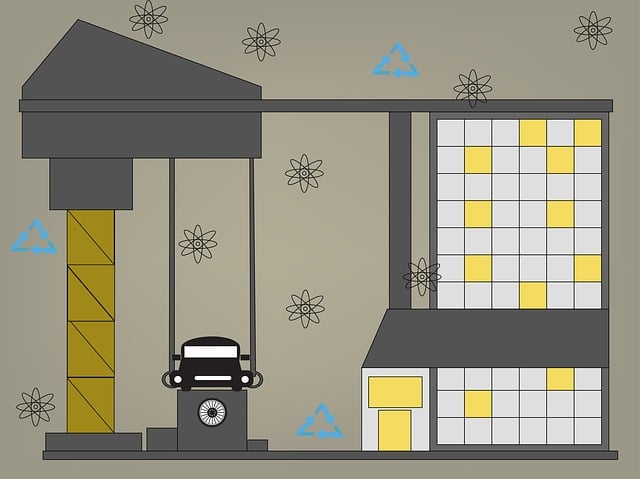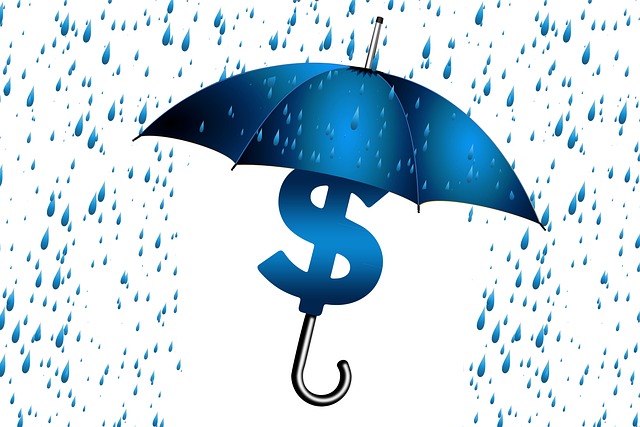Homeowners insurance is a crucial safety net for your most valuable possession—your home. It offer…….
Category: Homeowners Insurance
Introduction
Homeowners-insurance stands as a cornerstone of financial security for property owners worldwide. This comprehensive coverage safeguards against losses and damages to one’s home and possessions, offering peace of mind. In this article, we will delve into the intricacies of homeowners-insurance, its historical context, and its significance in today’s world. Readers will gain a deep understanding of how this insurance functions, its role in the broader financial landscape, and what it means for personal security and wealth preservation.
Understanding Homeowners-Insurance
Homeowners-insurance is a type of policy designed to protect homeowners from financial loss related to damage or destruction of their property, as well as certain types of personal losses. The core components of this insurance typically include protection against fire, windstorms, hail, and other common disasters. It also provides liability coverage for accidents that might occur on the property. The historical context of homeowners-insurance is rooted in the 19th century when it began as a response to the need for financial protection against unforeseen events that could lead to the loss or damage of one’s residence and its contents.
Global Impact and Trends
The influence of homeowners-insurance is not confined to any single region; it is a global phenomenon with varying degrees of penetration across different markets. International trends indicate an increasing awareness of the need for such insurance, driven by factors like urbanization, climate change, and rising property values. In developed nations, homeowners-insurance is widespread and often mandatory, whereas in emerging economies, growth in this sector is rapid as middle-class populations expand and become more aware of the risks associated with property ownership.
Economic Considerations
Homeowners-insurance plays a critical role in the economic ecosystem by transferring the financial risk of property loss from the individual to the insurer. Market dynamics are influenced by factors such as the frequency and severity of claims, investment patterns in the insurance industry, and the overall health of the housing market. In economic systems where real estate is a significant component of wealth, homeowners-insurance acts as a stabilizing force, ensuring that economic shocks due to property damage do not lead to widespread financial instability.
Technological Advancements
Technology has revolutionized the homeowners-insurance industry with advancements ranging from predictive analytics for risk assessment to IoT devices that monitor homes in real-time. These technologies enable insurers to offer more personalized policies, assess risks more accurately, and provide innovative services such as smart home integration. The future potential of these technologies includes even more sophisticated risk modeling, enhanced customer experiences through AI, and potentially lower premiums due to improved risk management.
Policy and Regulation
The governance of homeowners-insurance is shaped by a complex array of policies, regulations, and legislative frameworks. These range from the stipulations set forth by the National Association of Insurance Commissioners (NAIC) in the United States to international guidelines such as the International Association of Insurance Supervisors (IAIS). These policies are designed to protect consumers, ensure market stability, and promote fair competition among insurers. They also address emerging risks like cyber threats and environmental challenges.
Challenges and Criticisms
Homeowners-insurance is not without its challenges and criticisms. Issues such as underinsurance, the handling of claims during catastrophic events, and the increasing frequency of natural disasters have all been points of contention. Strategies to overcome these issues include improving risk assessment models, expanding coverage options for high-risk areas, and promoting transparency and fairness in claim processing. Insurers are also exploring innovative products like parametric insurance and usage-based policies to better serve their customers.
Case Studies
Several case studies exemplify the successful application of homeowners-insurance. For instance, the response to Hurricane Katrina in the United States highlighted both the challenges and the critical role insurance played in recovering losses. Another example is the 2011 earthquake and tsunami in Japan, where comprehensive insurance coverage helped in the swift reconstruction efforts. These case studies underscore the importance of robust policies and the lessons learned from each event contribute to the ongoing development of homeowners-insurance practices worldwide.
Future Prospects
Looking ahead, the future prospects for homeowners-insurance are marked by potential growth areas such as specialty insurance for high-value homes and emerging markets where the middle class is expanding. Emerging trends include the increasing use of telematics, drones for property inspections, and blockchain for claims processing. Strategic considerations for the industry involve addressing climate change impacts, adapting to demographic shifts, and leveraging data analytics to improve risk assessment and customer service.
Conclusion
In conclusion, homeowners-insurance is a vital component of financial planning for property owners, serving as a safeguard against unpredictable events. Its historical evolution, global impact, economic significance, and response to technological advancements underscore its critical role in today’s world. As we look to the future, the challenges and opportunities facing homeowners-insurance will shape the landscape of personal asset protection for generations to come.
FAQ Section
-
What does homeowners-insurance typically cover?
Homeowners-insurance generally covers damage to your house and personal belongings from disasters like fire, winds, hail, and theft. It also includes liability protection for accidents that might occur on your property. -
Is homeowners-insurance mandatory?
In some regions, particularly those prone to natural disasters, homeowners-insurance may be mandatory as a condition of obtaining a mortgage or financing. -
How do technological advancements affect homeowners-insurance?
Technological advancements enable more accurate risk assessments, personalized insurance products, and improved customer experiences through the use of IoT devices and AI. -
What are some common challenges with homeowners-insurance claims?
Challenges can include underinsurance, issues with claim denials, and difficulties in processing claims during high-volume periods such as after a natural disaster. -
How can consumers prepare for potential changes in homeowners-insurance coverage?
Consumers should regularly review their policies, stay informed about emerging risks, and consider consulting with an insurance professional to understand any necessary adjustments to their coverage.
Navigate Home Insurance Policies: Find the Right Coverage for Your Needs
Understanding your home insurance policy is crucial for any homeowner. This guide breaks down the fo…….
Protect Your Property: Navigating Flood Insurance for Peace of Mind
Many homeowners believe their standard policy covers all eventualities, but flood damage often falls…….
Optimize House Insurance: Understand Deductibles for Smarter Coverage
Understanding your deductible is crucial for navigating home insurance. This out-of-pocket expense,…….
Protect Your Property: Navigating Flood Insurance for Peace of Mind
Many homeowners believe their standard policy protects against flooding, but this is often not the c…….
Protect Your Home from Floods: Consider Dedicated Insurance Coverage
Many homeowners believe their standard policy protects them from flood damage, but this is often not…….
Navigating Home Insurance: Finding the Right Coverage for Your Needs
Understanding your home insurance policy is crucial for protecting your investment. From basic HO-1…….
Unlocking Home Insurance: Navigating HO Policies for Optimal Protection
Choosing the right homeowners insurance is a vital step in protecting your investment. From basic to…….
Mastering Home Insurance: Coverage, Quotes, and Protection for Your Property
Homeowners insurance is a crucial safeguard for your property, offering protection against unforesee…….
Mastering Home Insurance: Coverage, Quotes, and Protection Strategies
“Protecting your home and belongings is a fundamental aspect of responsible homeownership. Homeowner…….









